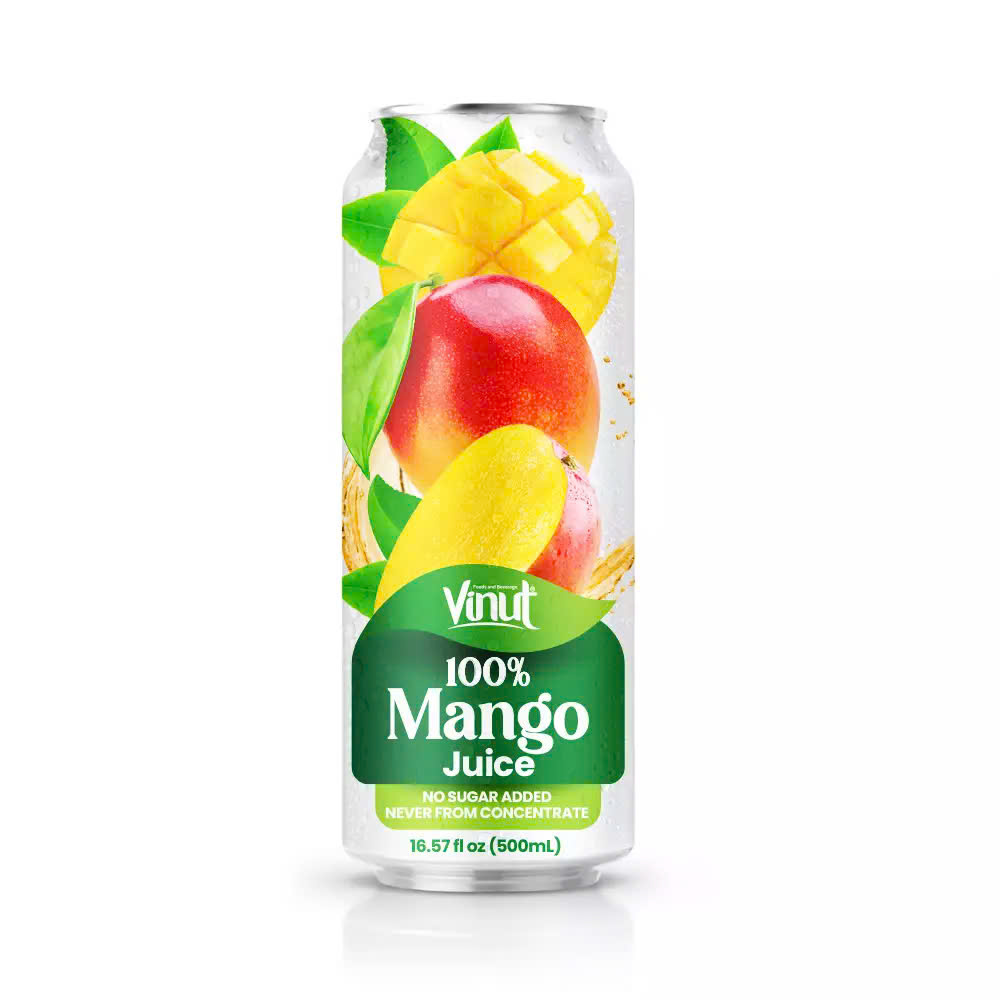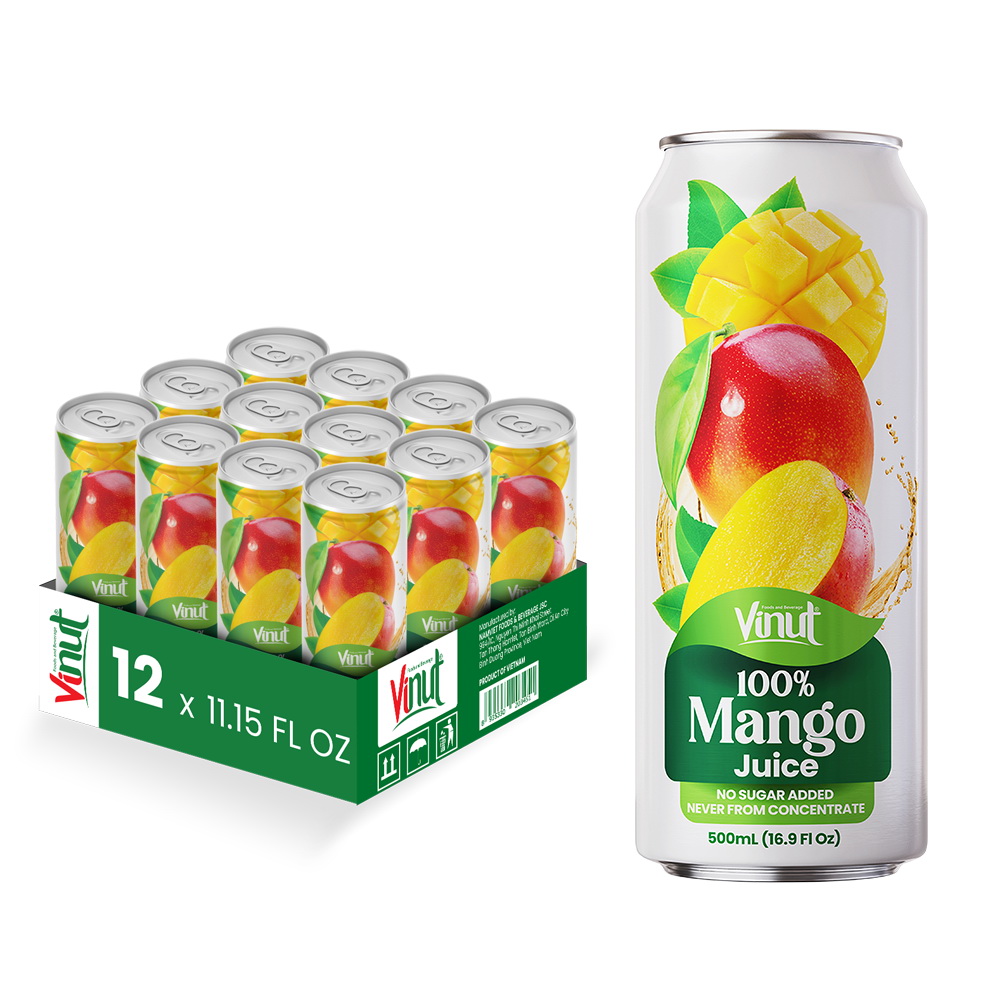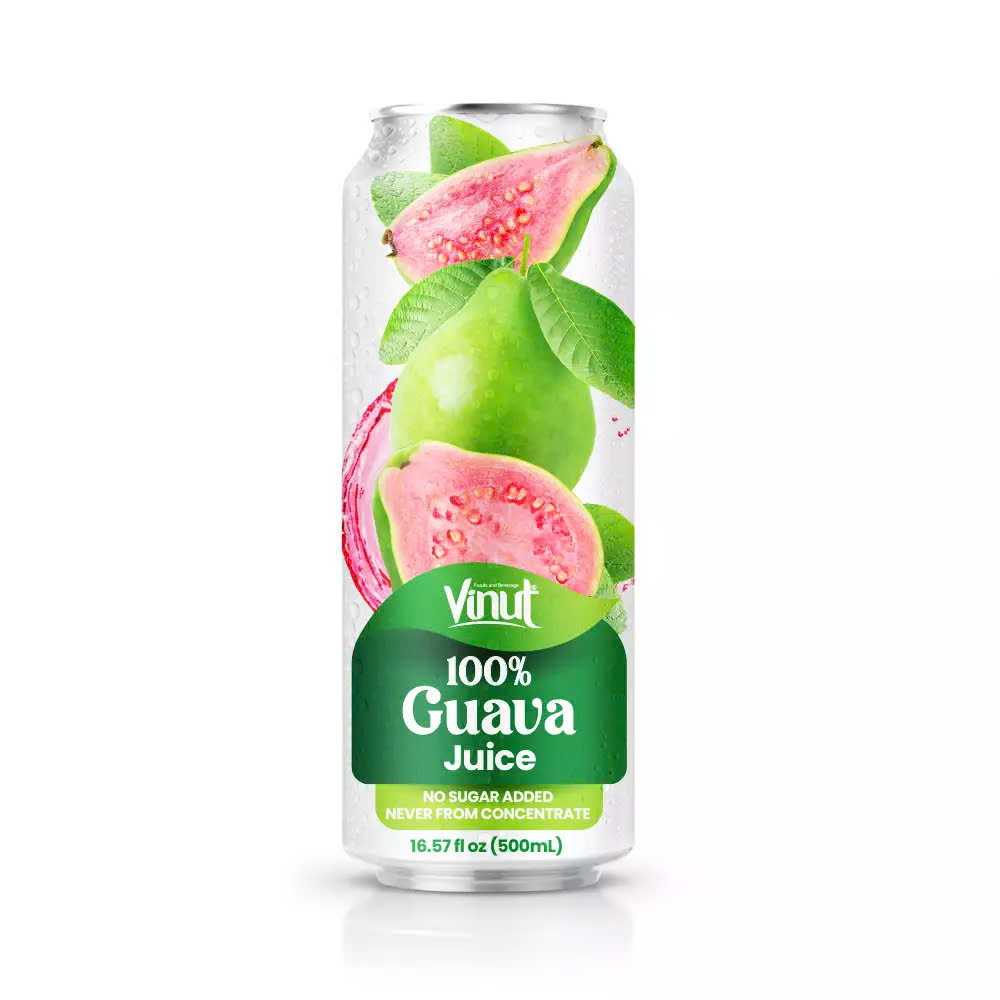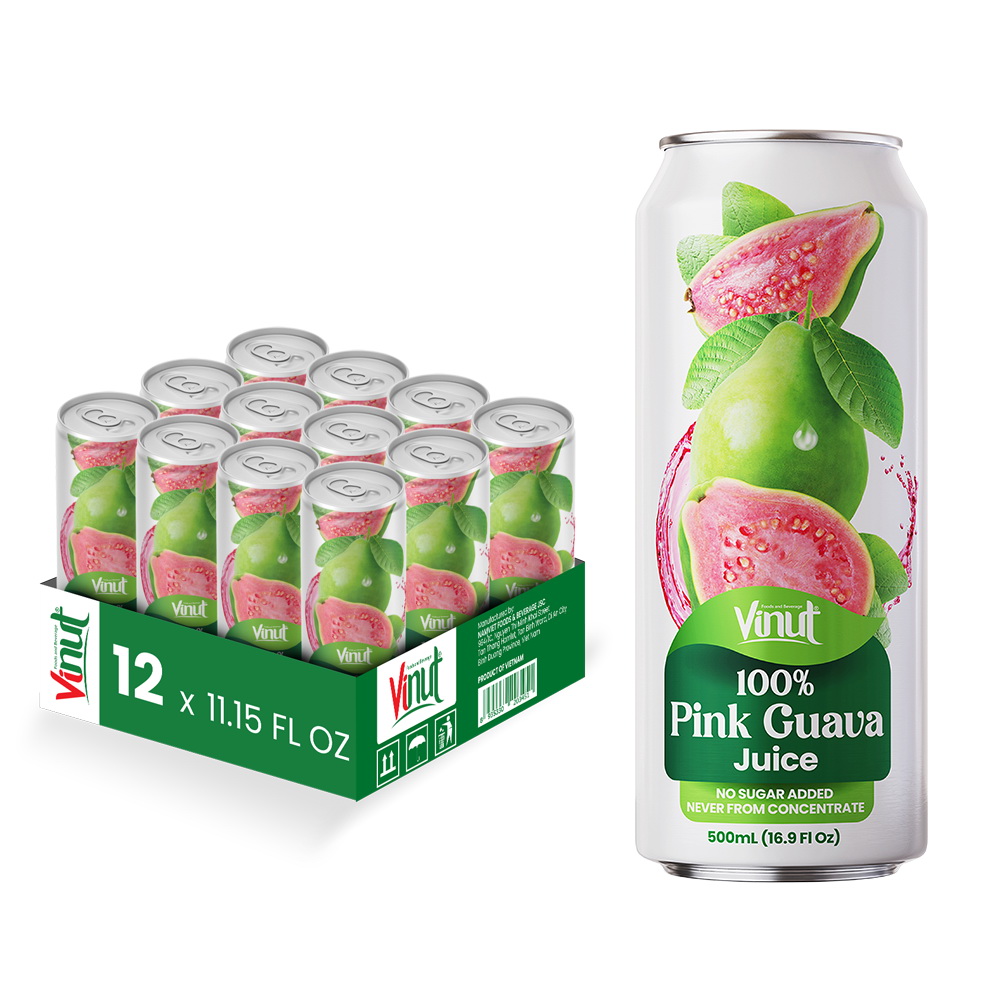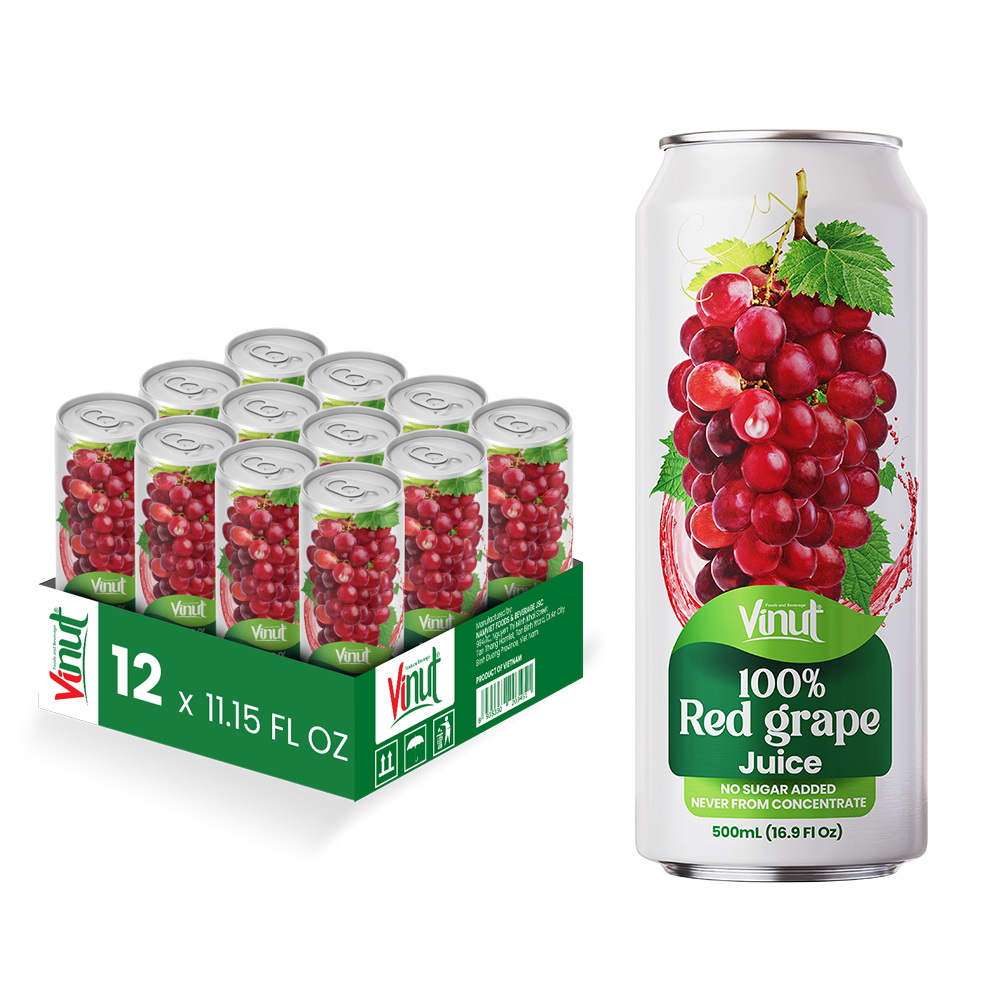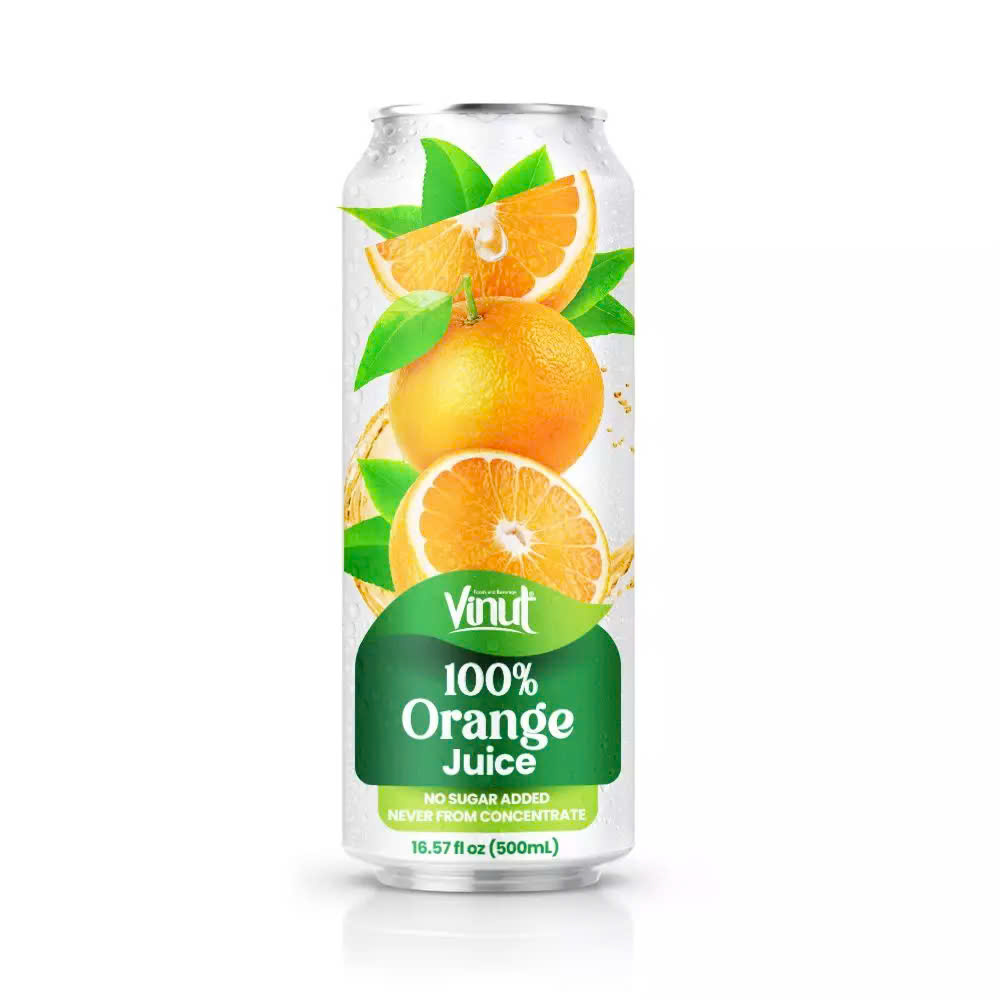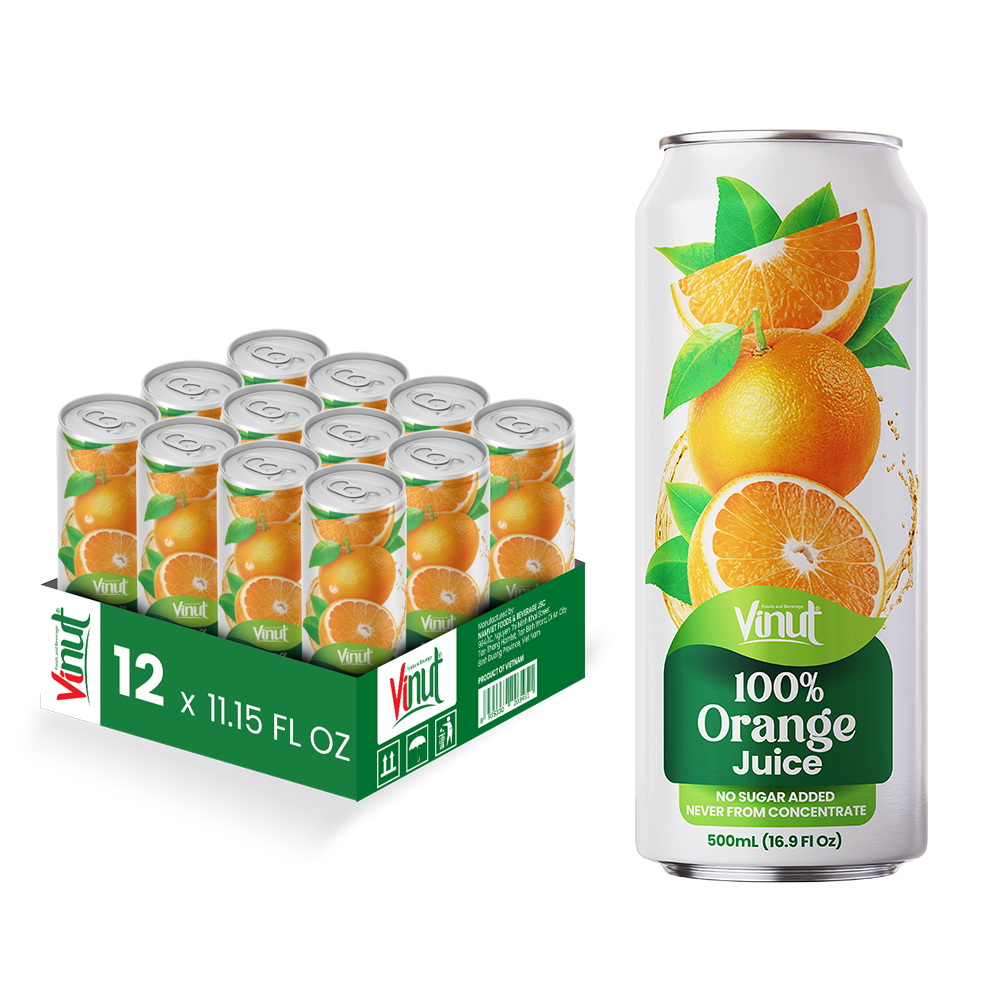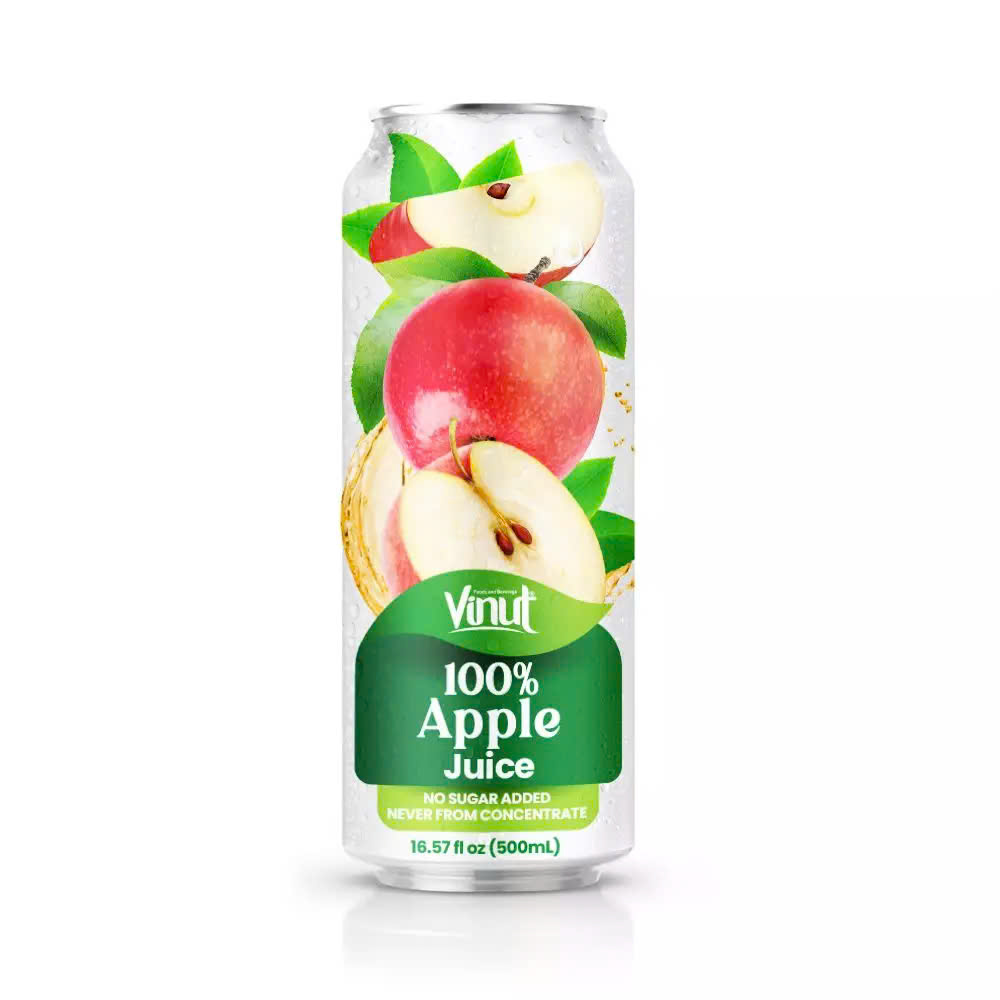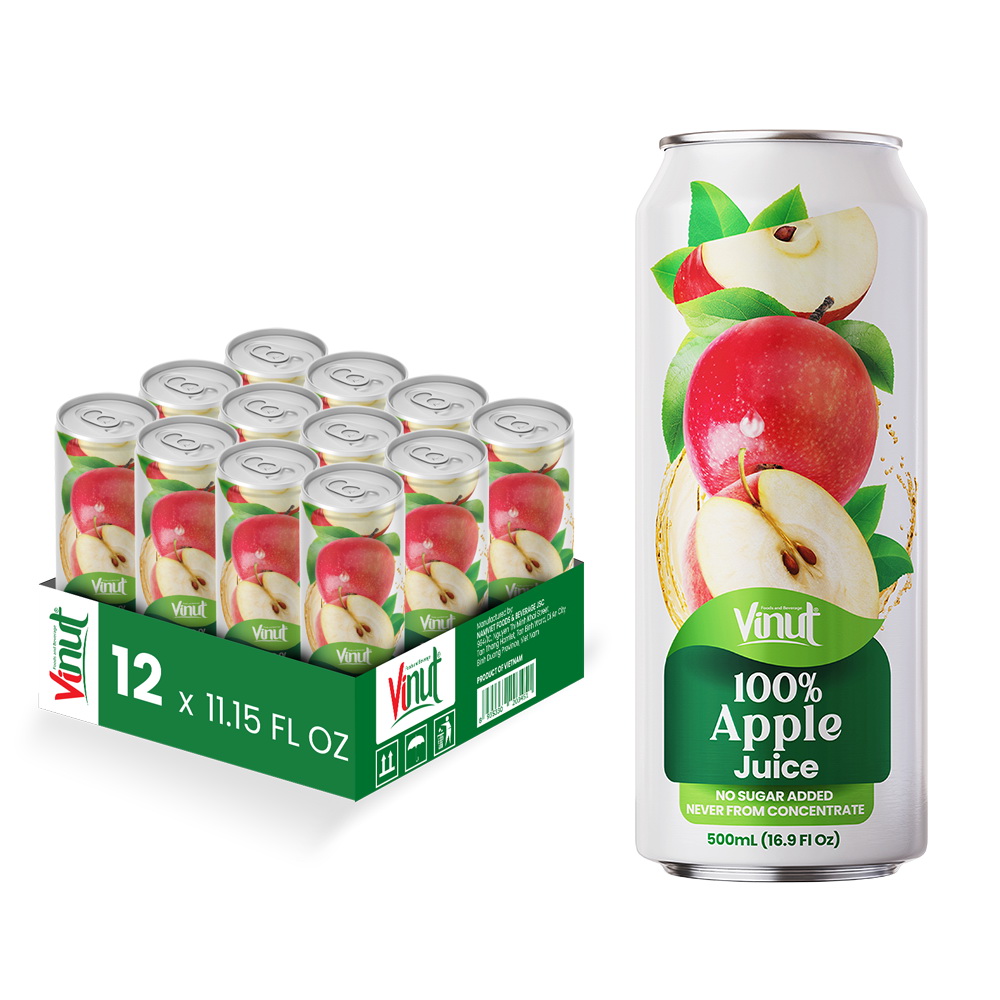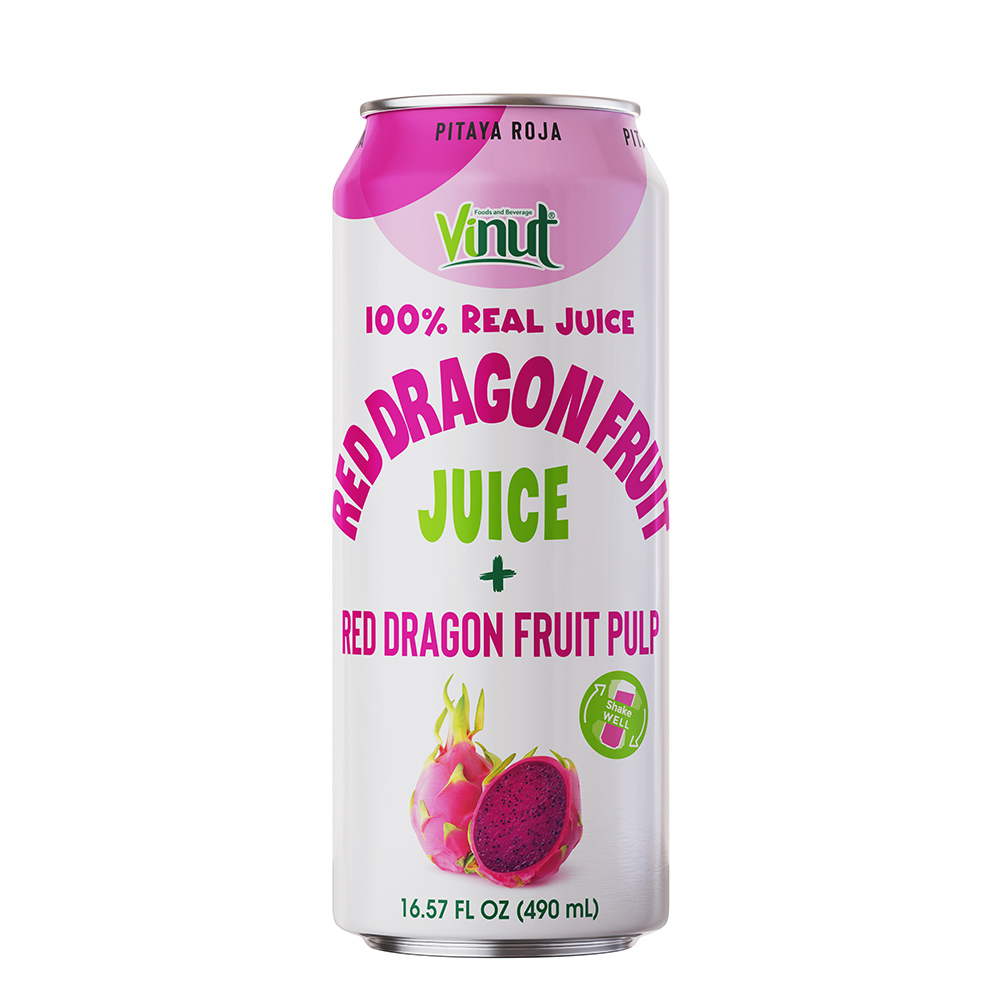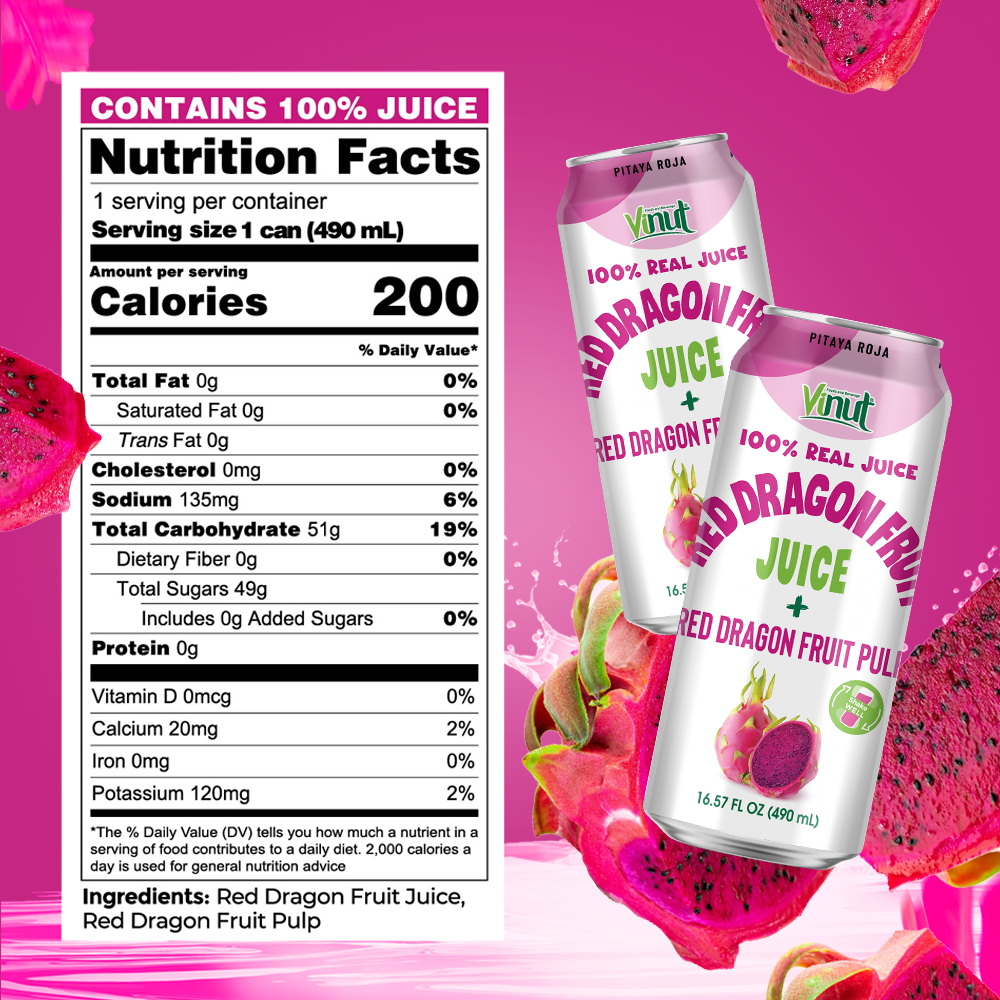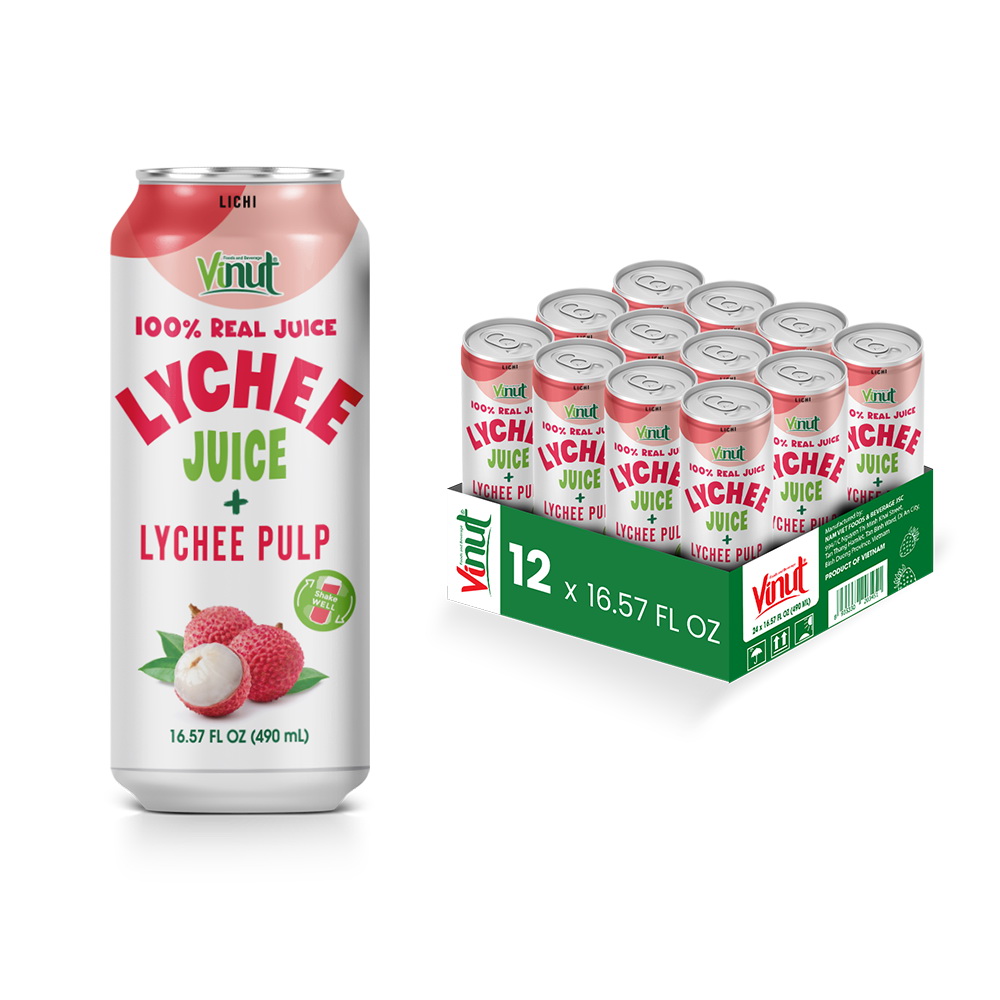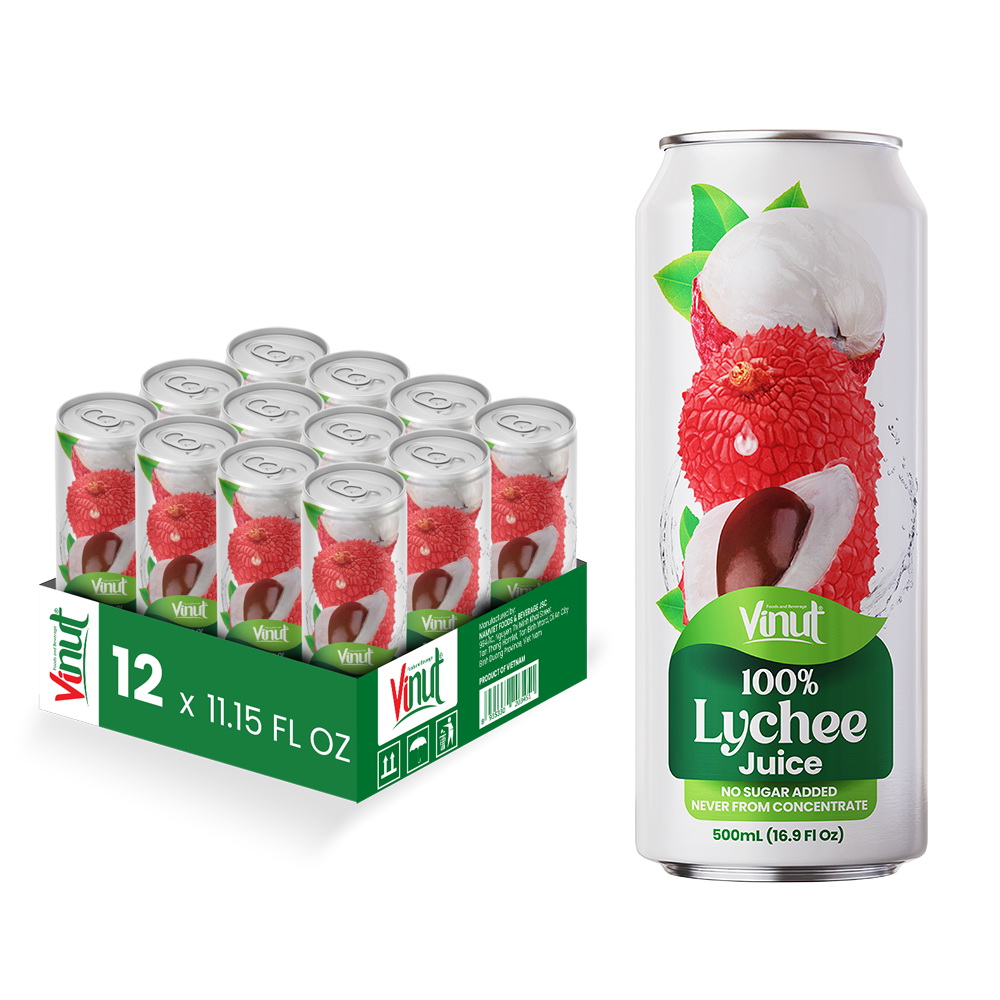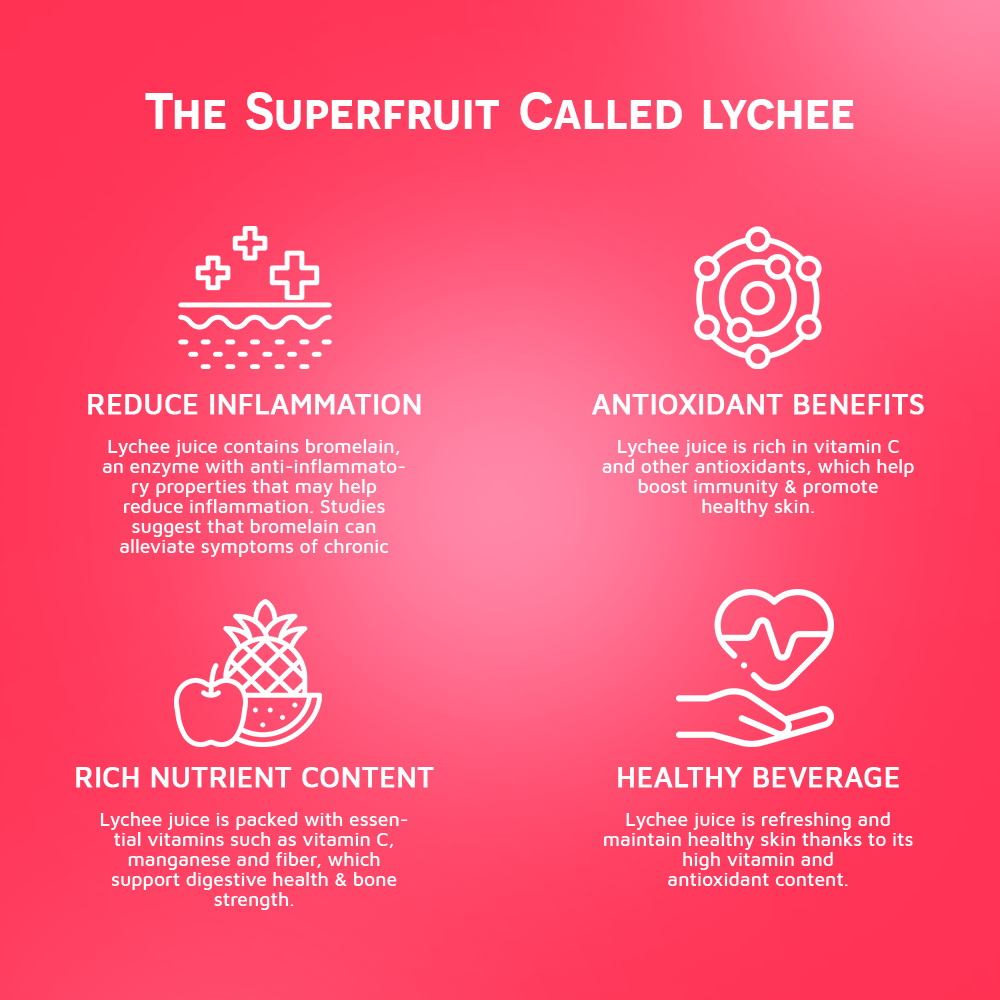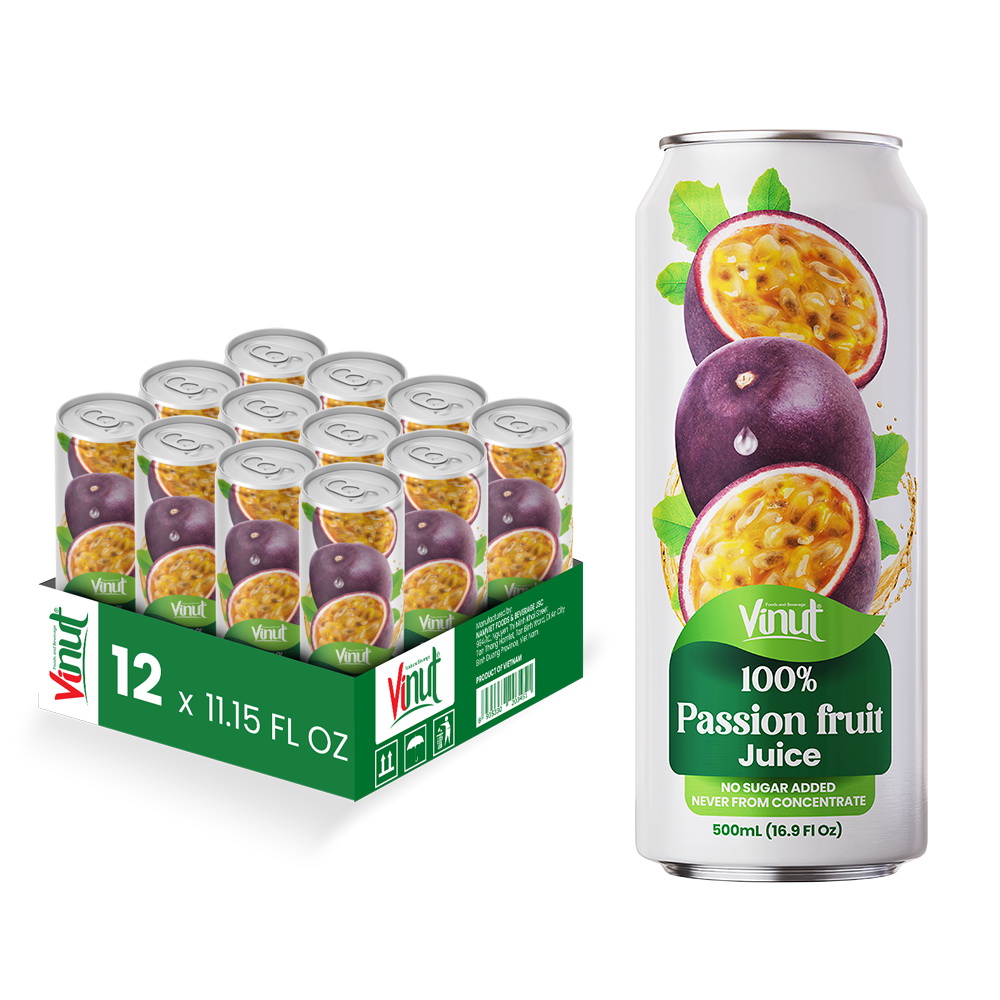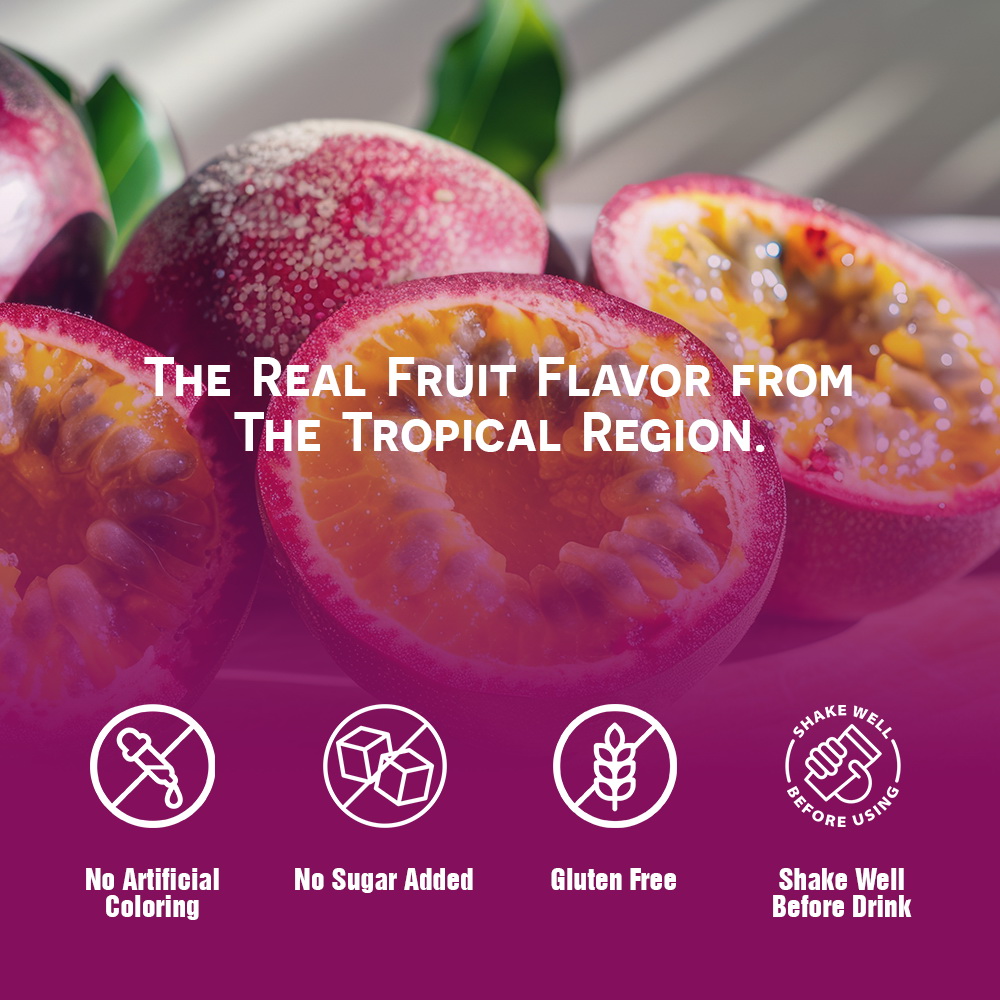
BLOG
How Many Calories Are in a Glass of Apple Juice?
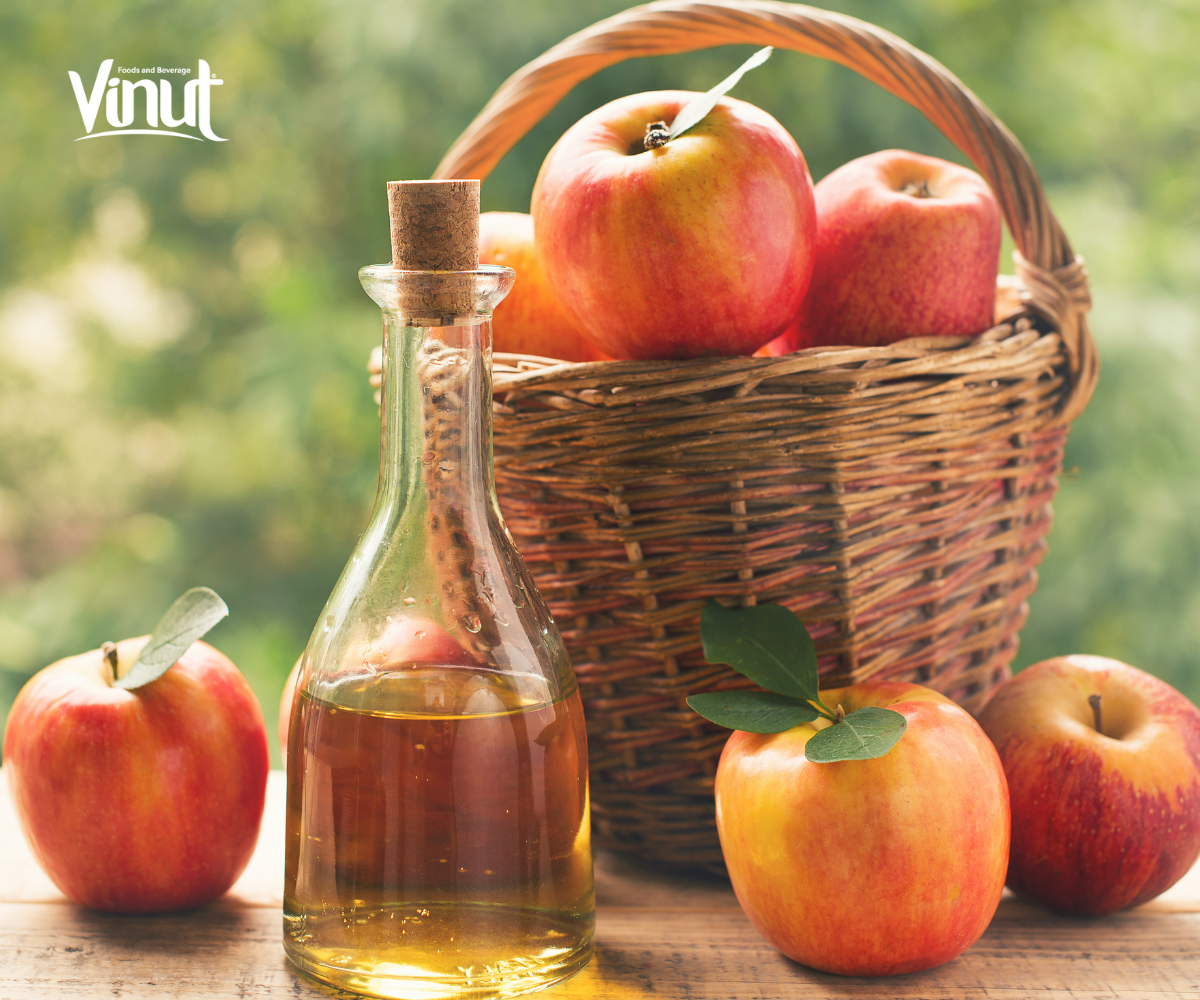
1. The Basics: Caloric Content of Apple Juice
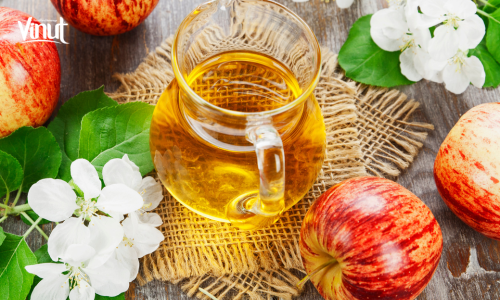
A standard 8-ounce (240-milliliter) serving of 100% apple juice contains approximately 110 to 120 calories. This number can vary slightly depending on the brand and whether any additional sugars or additives are included. For a more detailed breakdown, let’s examine the factors influencing the caloric content of apple juice.
2. Nutritional Profile of Apple Juice
Apple juice is derived from apples, which are naturally low in calories but rich in various nutrients. Here’s a general nutritional profile for an 8-ounce serving of 100% apple juice:
- Calories: 110-120
- Total Carbohydrates: 28-30 grams
- Sugars: 24-26 grams
- Dietary Fiber: 0-1 gram
- Protein: 0-1 gram
- Fat: 0 grams
- Vitamin C: 2-5 milligrams (about 2-6% of the Daily Value)
Apple juice is a good source of natural sugars and provides a small amount of vitamin C, although it lacks dietary fiber, which is present in whole apples.
3. Factors Influencing Caloric Content
Several factors can affect the caloric content of apple juice:
Type of Apple Juice: The calorie content can differ based on whether the apple juice is fresh-squeezed, from concentrate, or contains added sugars. Fresh-squeezed juice often has a similar calorie count to store-bought varieties, but some juices labeled as "flavored" or "enhanced" might contain additional sweeteners.
Concentration and Dilution: Apple juice from concentrate generally has a slightly higher calorie content compared to diluted versions. Concentrated juices may also be more calorie-dense due to their higher sugar concentration.
Added Ingredients: Some brands add extra sugars, sweeteners, or flavors, which can increase the calorie count. Always check the nutrition label to understand what’s in your juice.
4. Comparing Apple Juice to Other Beverages
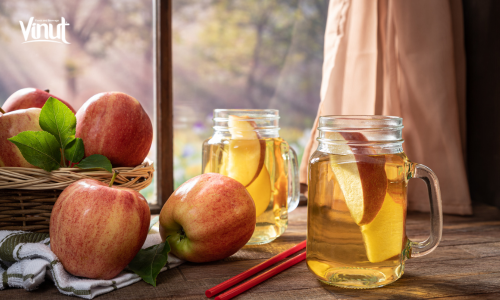
To better understand apple juice’s place in your diet, let’s compare it to other common beverages:
Orange Juice: An 8-ounce serving of 100% orange juice typically contains around 110-120 calories, similar to apple juice. It also provides a significant amount of vitamin C and some additional nutrients compared to apple juice.
Soda: A standard 12-ounce can of regular soda contains about 150 calories, most of which come from added sugars. Soda generally lacks vitamins and minerals found in fruit juices.
Water: Plain water has zero calories, making it an ideal choice for hydration without contributing to daily caloric intake.
Milk: An 8-ounce serving of whole milk contains approximately 150 calories, which is higher than apple juice. However, milk provides protein, calcium, and other essential nutrients.
5.Health Implications of Drinking Apple Juice
Apple juice, while a tasty and convenient beverage, should be consumed in moderation due to its calorie and sugar content. Here are some health implications to consider:
Sugar Content: Apple juice contains natural sugars, which can contribute to caloric intake. High sugar consumption, even from natural sources, can affect blood sugar levels and contribute to weight gain if not managed properly.
Lack of Fiber: Unlike whole apples, apple juice lacks dietary fiber, which is important for digestive health and satiety. Consuming whole fruits or adding fiber-rich foods to your diet can help offset this.
Dental Health: The natural sugars and acidity in apple juice can contribute to dental erosion and cavities. It’s advisable to drink apple juice in moderation and maintain good oral hygiene.
6. Tips for Making Healthier Choices
To enjoy apple juice while maintaining a balanced diet, consider these tips:
Opt for 100% Juice: Choose apple juice labeled as "100% juice" to avoid added sugars and preservatives. Be wary of drinks labeled as "fruit drinks" or "cocktails," which often contain added sugars and fewer nutrients.
Control Portion Sizes: Stick to an appropriate serving size, typically 8 ounces, to manage caloric intake. Larger servings can quickly increase calorie consumption.
Dilute with Water: If you prefer a less sweet and lower-calorie option, dilute apple juice with water or add ice. This can help reduce calorie density while still providing some apple flavor.
Incorporate Whole Fruits: Consider eating whole apples instead of drinking apple juice to benefit from dietary fiber and a more balanced nutrient profile.
Balance with Other Beverages: Include a variety of beverages in your diet, such as water, herbal teas, or unsweetened beverages, to balance out your calorie and sugar intake.
Conclusion
In summary, a standard 8-ounce glass of apple juice contains about 110 to 120 calories. While apple juice can be a part of a healthy diet, it’s important to be mindful of its sugar content and lack of fiber. By making informed choices and considering alternative beverages, you can enjoy apple juice in moderation while maintaining a balanced and nutritious diet.
Understanding the caloric content and nutritional profile of apple juice helps you make better dietary decisions and manage your overall health. Whether you’re looking to enjoy apple juice occasionally or incorporate it into a healthy lifestyle, awareness and moderation are key.



